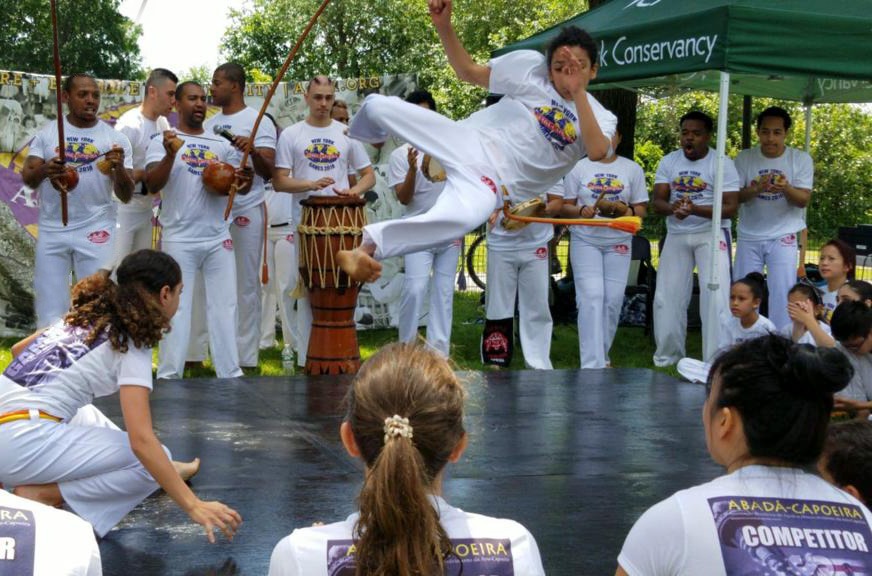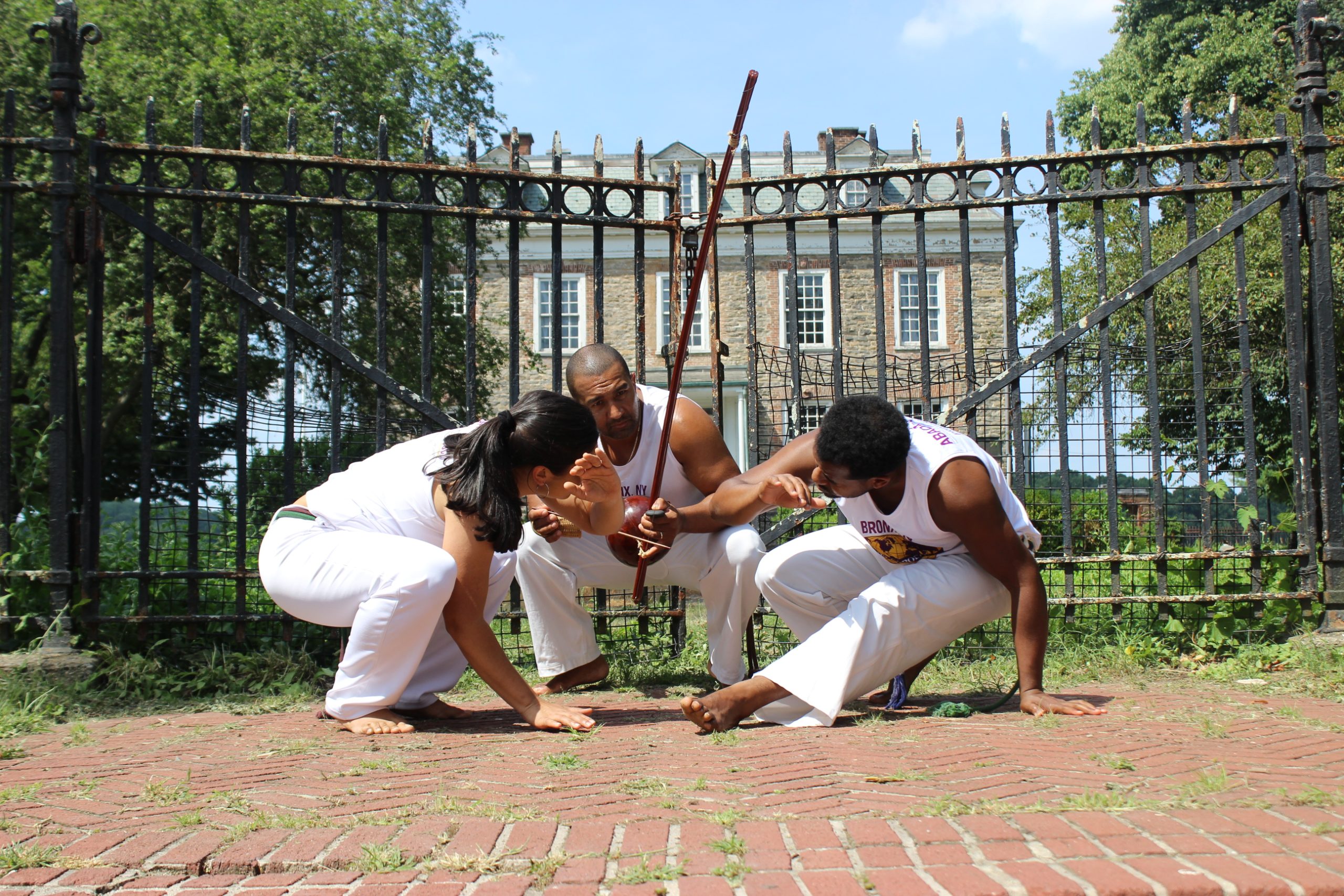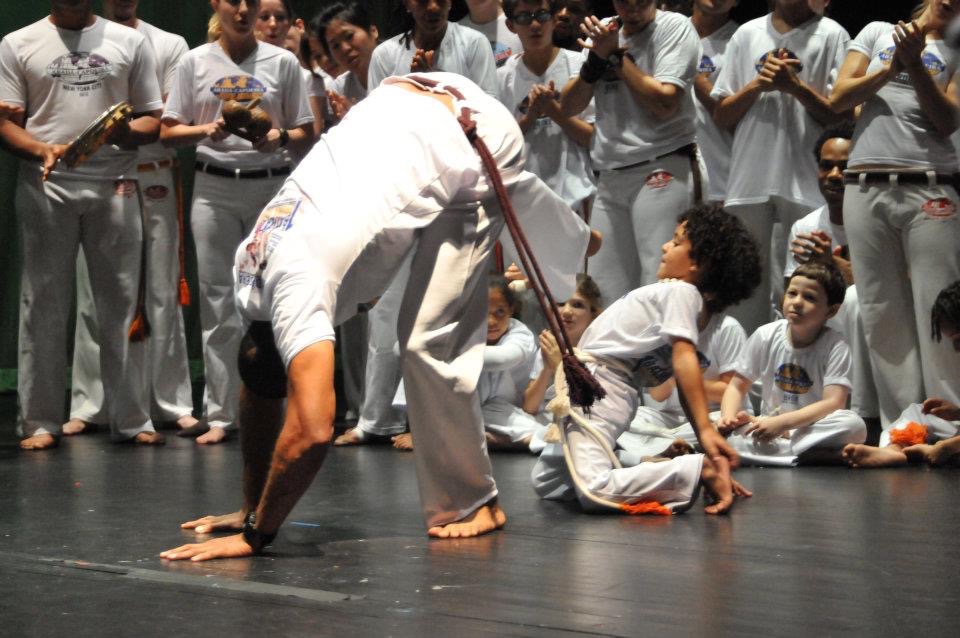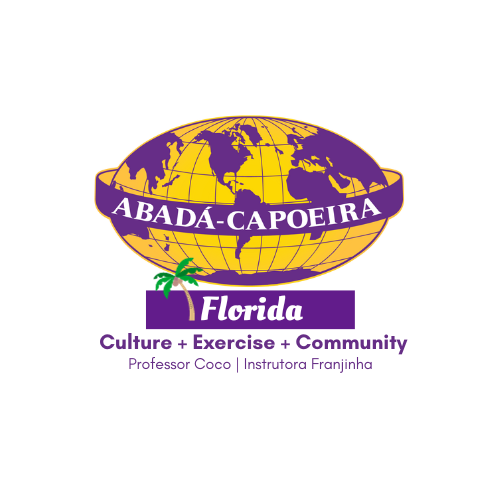Introduction
Capoeira, an extraordinary blend of martial arts, dance, and music, is more than just a physical discipline—it’s a cultural treasure deeply rooted in Brazil’s history. Originating in the 16th century, Capoeira was developed by African slaves brought to Brazil by Portuguese colonizers. It became a way for enslaved individuals to resist oppression and preserve their cultural identity.
A Legacy of Resistance and Freedom
Capoeira was disguised as a dance to avoid detection by plantation owners who prohibited any activity that might encourage rebellion. Hidden within the fluid, dance-like movements were powerful strikes and defenses. This covert art form became a symbol of resilience, fostering hope and unity among enslaved communities.
Cultural Evolution and Global Spread
In the late 19th century, Capoeira was criminalized in Brazil, yet practitioners continued to keep the tradition alive underground. With the eventual lifting of the ban, Capoeira gained recognition as a national treasure. Today, it’s celebrated worldwide, offering participants a chance to connect with Brazilian culture while building strength, rhythm, and community.
The Role of Music and Community
Capoeira’s distinctive musical component sets it apart from other martial arts. Instruments like the berimbau and atabaque guide the rhythm, while songs tell stories of struggle and triumph. The roda, or circle, where Capoeira is performed, is a space of mutual respect and camaraderie, embodying the art’s spirit of inclusivity and cultural exchange.
Why Learn Capoeira?
Practicing Capoeira isn’t just about physical agility; it’s a journey into a rich cultural heritage. It strengthens the body, sharpens the mind, and fosters a sense of belonging—a true celebration of freedom and artistry.




